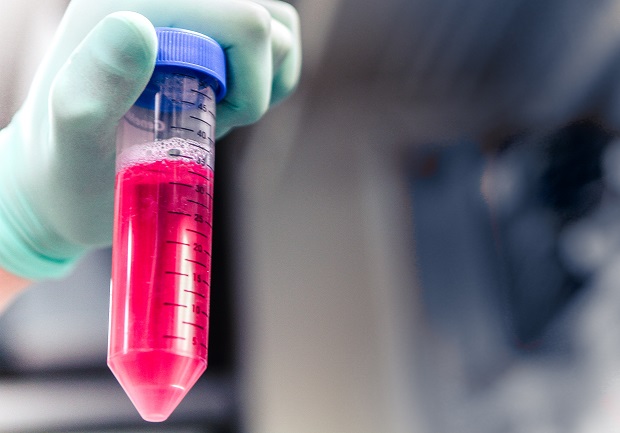GENETIC TESTING FOR BREAST AND OVARIAN CANCER
Nov 1, 2015
BRCA1 and BRCA2 aren’t text message abbreviations. They are acronyms for breast cancer susceptibility gene 1 and breast cancer susceptibility gene 2. Harmful mutations, or changes, in these two genes have been linked to the development of hereditary breast and ovarian cancer. BRCA mutations are not just for women. Men with the inherited change also have an increased risk of breast cancer.
BRCA1 and BRCA2 normally protect against certain cancers. But a woman who has inherited a harmful mutation in either gene has a higher risk of developing breast or ovarian cancer at an early age. In addition, she may have multiple, close family members who have been diagnosed with these diseases. Harmful mutations in BRCA1 also may increase a woman’s chances of developing cervical, uterine, pancreatic and colon cancer. Detrimental changes in BRCA2 could increase the risk of melanoma, as well as pancreatic, stomach, gallbladder and bile duct cancer.
For all American women, approximately seven percent will get breast cancer and about one percent will develop ovarian cancer by the age of 70. For American women with a BRCA1 or 2 mutation, those numbers jump to 50 percent and 30 percent, respectively. But inherited factors are not the only cause for breast and ovarian cancers in families. Aging, the environment and lifestyle also can be contributing factors. It is also important to remember that not every woman who carries a harmful BRCA1 or 2 change will develop breast and/or ovarian cancer.
People with a high chance of having changes in the BRCA1 or 2 genes may benefit from genetic testing to learn more about their potential risks. They include those who have:
- Ashkenazi Jewish ancestry.
- A male relative with breast cancer.
- A relative with both breast and ovarian cancer or a relative with cancer in both breasts.
- Several relatives with either breast or ovarian cancer.
- A relative diagnosed with breast cancer at age 50 or younger.
Most people do not need BRCA testing since only about five to 10 percent of breast and ovarian cancers are thought to be hereditary. Testing is usually helpful when there is a strong family history of breast and ovarian cancer. Genetic testing is most practical when performed on a family member who has already had breast or ovarian cancer.
Genetic testing requires drawing blood and then sending the sample to a laboratory that specializes in the tests. It may take at least several weeks to get the results. If results are positive, several actions can be taken to manage cancer risk. Surveillance requires careful screening and exams to catch the disease early enough so it can be successfully treated. Prophylactic surgery calls for removing healthy breasts, fallopian tubes or ovaries to reduce the chance of developing cancer. Chemoprevention involves taking drugs to lower the chances of getting cancer.
Genetic testing can help people understand their risk for developing cancer. But it is not recommended for everyone. For more information about genetic testing for breast and ovarian cancer, talk with your doctor.
